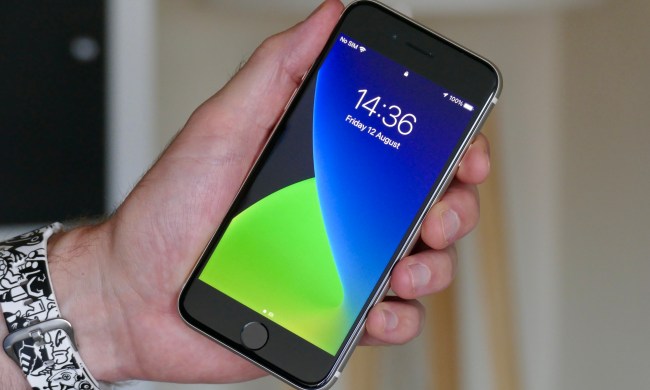It’s that time of year again when we start to see what the Google has been working on in the past year and what to expect from the future. I/O 2022 is Google’s yearly developer conference where it delves into detail about Android, Chrome, and everything else Google-related.
This year’s Google I/O will be completely virtual, with the main conference days being Wednesday and Thursday, May 11 and 12, which is one day shorter than previous events. On these two days, you’ll be able to tune in online and watch presentations from Google about its announcements. It will also stream the big presentations on YouTube through various Google official channels.

You can visit the Google I/O website to play with an interactive timer and see when the first event happens. The timer, if solved, shows the exact date and time that Google’s I/O 2022 will begin — but that information is also plainly available at the bottom of the page. Above the timer are tabs for agenda, products, I/O adventure, and more. Most of these tabs aren’t live yet and will be activated sometime before the event starts.
If you’re a developer and want to register for the event, you can do that on the website as well. According to Google, registering will help provide the best experience and will likely award you some documents and downloads to help your creations. Registering will also get you access to I/O Adventure, the Learning Lab, and community groups. The Learning Lab will include workshops, code labs, and tutorials.
Google has yet to reveal the full schedule for I/O 2022. It will show the whole plan a few weeks before the event so everyone can properly plan when to tune in. Events will likely start at 10 a.m. PT on may 11 with a big welcoming keynote and overview of projects. What comes after that is anyone’s guess at this point. We’ll probably hear about new advancements and features for Android 13, Wear OS 4, new A.I. software, and more.
Stay tuned here at Digital Trends to follow along as we share what Google reveals this year.



